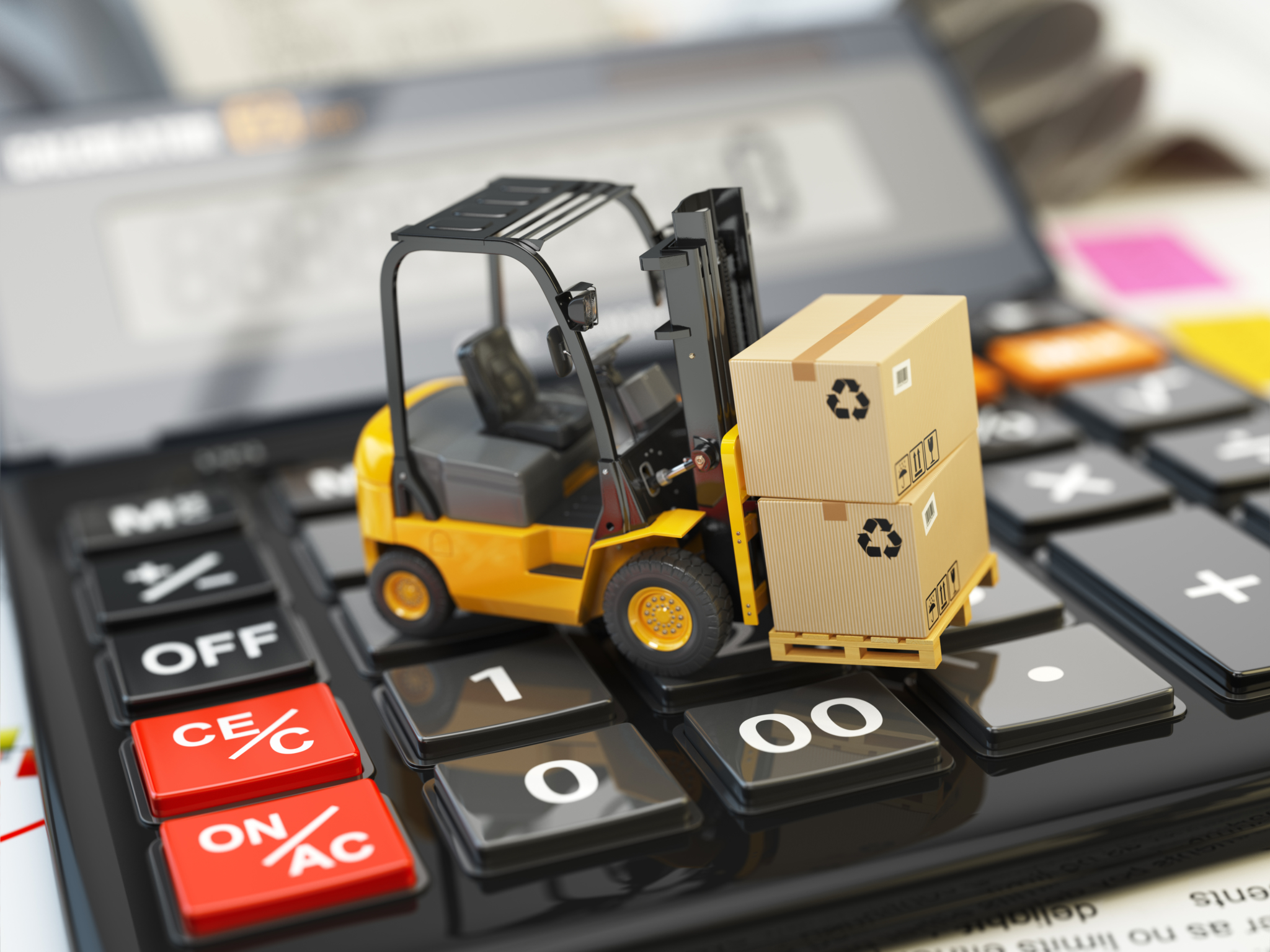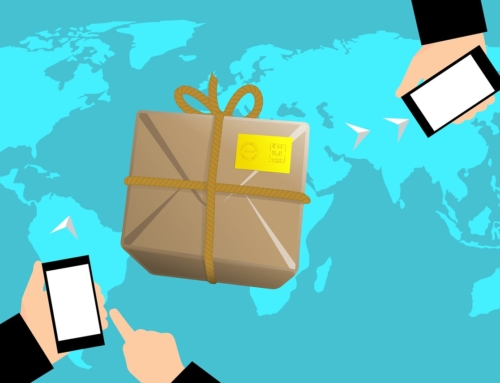Too many businesses continue to place a heavy priority on sales, but neglect planning for reverse logistics.
The problem, they argue, is that the ROI on reverse logistics is too low, or that it simply doesn’t matter because returns are an insignificant percentage of the revenue funnel. The truth is something else entirely, as it turns out. According to Internet Retailer, the Top 500 merchants had an average return rate of 4.95 percent in 2013, though sellers of soft goods like clothing retailers show returns as high as 30 percent.
Factors to Consider in the ROI for Reverse Logistics
If your business deals with a significant number of returns, they can’t just be left up to a customer service person or someone on the team. Dedicated returns management can make the process efficient and turn it into a cost saver rather than a money spender.
These are the primary factors affecting how well your reverse logistics will reflect on your ROI:
Customer Retention. Perhaps the most important aspect of reverse logistics is customer retention. When a customer has a poor experience with a retailer, especially when it’s over something like a return, he or she simply don’t come back. Customers have too many choices. However, if you sincerely please and delight customers in their darkest hours (like after a birthday gift arrives in the wrong color or size), you’ll win a loyal fan for life.
Revenue Recapture. All the merchandise that gets returned can’t simply be stuffed in a warehouse somewhere. It needs to get back into inventory and right away. This is doubly important if the merchandise in question has an expiration date or is seasonal in nature. After all, if you receive a perfectly re-sellable item of clothing that was sent to the wrong customer, there’s no reason it can’t be sold again well before the season ends. Even if you have to put an item on clearance because of its seasonal nature, you’ll recover more revenue than if it can’t be sold at all.
Material Recovery. For many retailers, products that can’t be sold can still be recycled. Recycled products not only provide some additional revenue from the sale of the raw materials to manufacturers who need them, they give retailers an opportunity to brand themselves as environmentally conscious and reduce their waste disposal costs, both indirect benefits of material recovery that can benefit their brand in the long run.
Determining the ROI of reverse logistics isn’t a straightforward process. There’s much to consider, from the amount of returns a retailer is experiencing to how quickly they can recapture and resell a product that’s been returned. For most retailers, a dedicated returns management team should provide a significant boost to the bottom line, from positive referrals coming from happier customers to the second sale of products swiftly added back into the catalog and sent on to a waiting buyer.






Leave A Comment